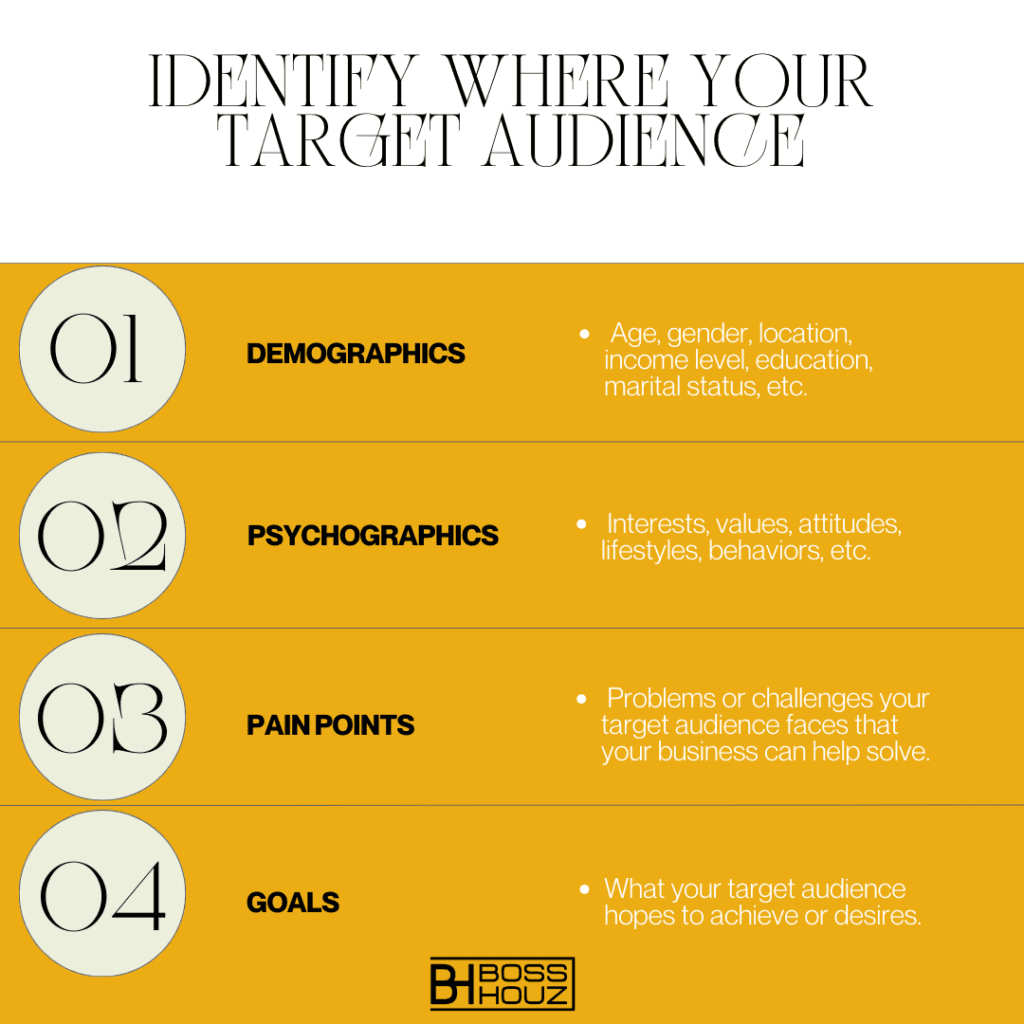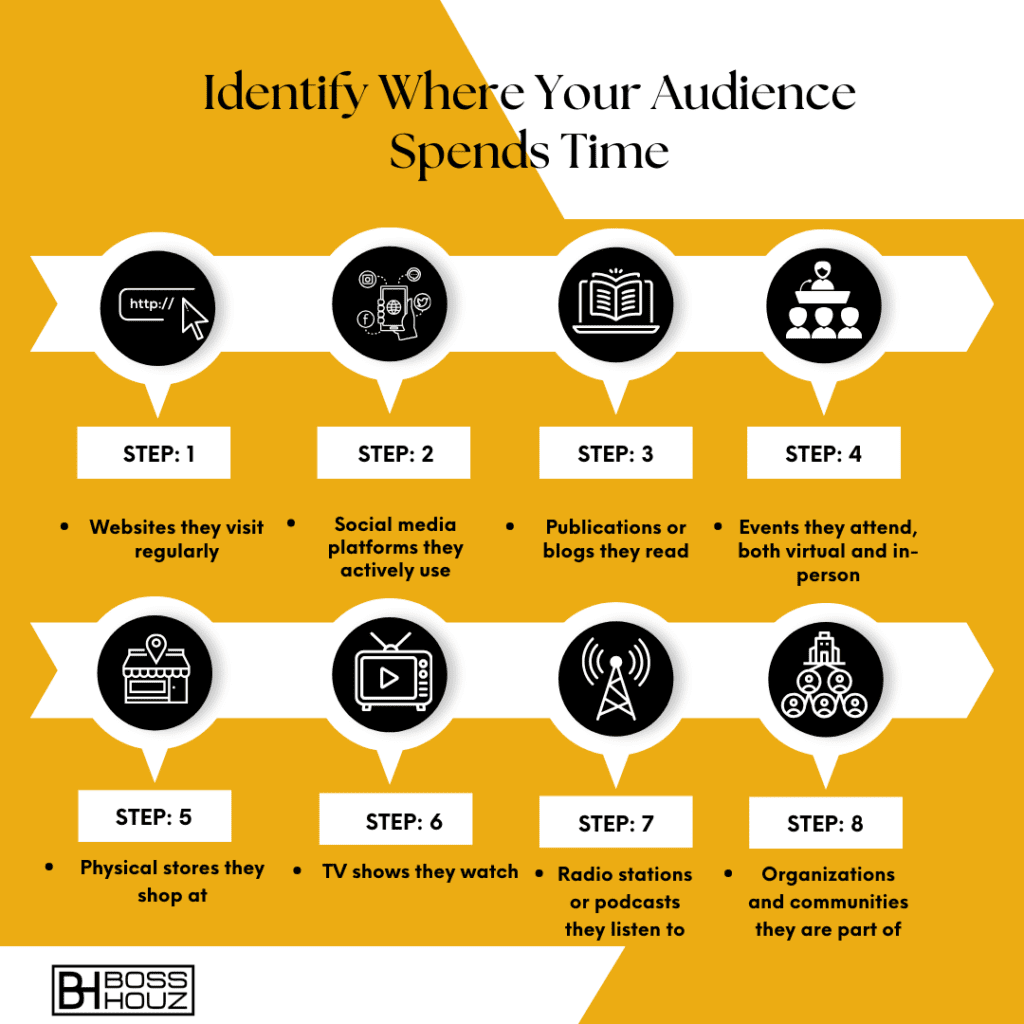Reaching your target audience effectively is essential for the success of any business or marketing campaign. With the right strategies and tactics, you can get your message and offerings in front of the people most likely to become loyal customers. This comprehensive guide covers everything you need to know to connect with your ideal audience.
Table of Contents
Define Your Target Audience

The first step is identifying who your target audience is. Your target audience includes the specific groups and demographics that are most likely to be interested in your products or services.
When defining your target audience, look at:
- Demographics – Age, gender, location, income level, education, marital status, etc.
- Psychographics – Interests, values, attitudes, lifestyles, behaviors, etc.
- Pain points – Problems or challenges your target audience faces that your business can help solve.
- Goals – What your target audience hopes to achieve or desires.
Really get clear on who your ideal customers are and what makes them tick. The more precise you can be, the better. Create detailed buyer personas if needed.
Identify Where Your Audience Spends Time

89% of marketing leaders use audience data to determine where to place their ads. Source: BlueVenn
Once you know who you want to reach, find out where your target audience spends their time online and offline. Research the:
- Websites they visit regularly
- Social media platforms they actively use
- Publications or blogs they read
- Events they attend, both virtual and in-person
- Physical stores they shop at
- TV shows they watch
- Radio stations or podcasts they listen to
- Organizations and communities they are part of
Look for patterns in their interests and habits. Seek out places where you can reach a high concentration of your ideal audience. Tools like social media analytics, Alexa rankings, SimilarWeb, and Google Analytics can help identify your audience’s preferred platforms and channels.
Create Valuable Content
91% of consumers are more likely to shop with brands who provide relevant content. Source: MDG Advertising
Develop content that provides real value for your target audience. Useful, informative content builds trust and credibility for your brand.
Focus on creating content that educates, entertains, or helps your audience in some way. Align the topics with their interests, pain points, and goals. Consider creating content around industry trends or FAQs to provide added value.
Different formats to consider include:
- Blog posts
- Videos
- Podcasts
- Webinars
- Infographics
- Ebooks
- Research reports
- Interactive tools like quizzes, contests, and calculators
- Email newsletters
Optimizing your content for SEO can help more of your target audience find it through search engines. Tools like Yoast SEO and Ahrefs can help improve your on-page optimization and off-page SEO.
Run Targeted Paid Ads
72% of customers only engage with personalized messaging. Source: Epsilon
Paid advertising allows you to display your ads and offers directly to your target audience. Platforms like Google Ads, Facebook and Instagram Ads, LinkedIn Ads, Quora Ads, and Reddit Ads enable you to target users based on demographics, interests, behaviors, location, and more.
Create ads that align with your audience’s needs and place them on the sites they frequent. This ensures your marketing dollars go towards the people most likely to convert. Tools like Facebook Business Manager and Google Ads make building targeted ads simple.

Partner With Influencers
92% of consumers trust an influencer more than an ad or celebrity endorsement. Source: NewsCred
Influencer marketing is an excellent way to tap into a specific target audience. Partnering with an influencer who has a highly engaged following of your ideal customers helps you reach new people organically.
Seek out influencers in your industry who create content that resonates with your target audience. Micro and mid-tier influencers are often more affordable and willing to partner. Tools like Grin, AspireIQ, and Upfluence make it easy to discover and vet influencers.
Develop win-win partnerships that provide value for both parties. Make sure to set clear expectations and track performance.
Host Events
In-person events have a 74% impact on consumers’ perceptions of a brand. Source: MDG Advertising
Hosting live events, virtual events, and webinars allows you to directly interact with your target audience. Events also help drive word-of-mouth marketing.
Look for opportunities to sponsor, speak at, or exhibit at in-person and virtual events your target audience attends. You can also host your own events tailored specifically for your ideal customers.
When planning events, utilize tools like Splash, Bizzabo, or Hubilo to handle logistics and promotion.
Implement Referral Programs
Referrals have 4x better conversion rates than other lead sources. Source: Invespcro
Referral programs encourage existing customers to recommend your business to friends, family, and colleagues. This is an effective way to reach new prospects as the recommendation comes from a trusted source.
Offer incentives to motivate referrals. Discounts, free products/services, or cash rewards give your audience a compelling reason to share your brand. Tools like Referral SaaSquatch, Extole, and Girafi help create and manage referral programs.
Use Hashtags on Social Media
28% of tweets sent each day are related to finding content on Twitter. Source: Twitter
Hashtags help your content on social media reach a wider audience. Including relevant hashtags allows your posts to appear in keyword searches.
Research popular hashtags your audience uses, especially industry or niche-specific tags. Make sure you use hashtags consistently on social platforms like Instagram, Twitter, Facebook, and LinkedIn. Tools like RiteTag and Display Purposes help find the best hashtags.
Retarget Website Visitors
Retargeted ads have a 70% higher conversion rate than regular display ads. Source: AdRoll
Retargeting or remarketing involves serving ads to people who have previously visited your website.
This technique allows you to reconnect with prospective customers who showed initial interest but didn’t convert.
Tools like Google Ads and Facebook Ads make retargeting straightforward. Displaying helpful content or special offers is an effective way to re-engage past site visitors.
Leverage Email Marketing
Leads acquired via email generate 70% higher sales than those acquired through social media. Source: SuperOffice
Email marketing helps strengthen relationships with both existing and prospective customers in your target audience. Use emails to share valuable content, provide helpful resources, or deliver special deals.
Focus on developing highly segmented email lists based on demographics, interests, and behaviors. Personalized email messages tend to perform best. Automated emails can also nurture leads through your sales funnel. Tools like Mailchimp, ConvertKit, and Drip make professional email marketing accessible.
Analyze Performance and Optimize
86% of buyers say personalization plays a role in their purchasing decisions. Source: Epsilon
Continuously analyze the performance of your campaigns and content. See which marketing channels, offers, and messaging resonates best with your audience.
Use analytics tools to understand engagement levels across channels. See what content and topics drive the most conversions. Use what you learn to refine your approach. Double down on what works and adjust what doesn’t. Optimization helps ensure your efforts remain relevant in reaching your target audience.
Maintain Consistency
Consumers expect consistency across channels – 96% say it’s important. Source: SDL
Consistency and persistence are key when trying to reach your target audience. One-off efforts usually won’t be enough. Developing meaningful relationships takes time.
Stick with your core messaging and branding. Find ways to remain top of mind with your audience through a steady mix of content, advertising, and customer interactions across channels.
Key Takeaways
- Clearly define your target audience and get to know them deeply. Create detailed buyer personas.
- Identify where your audience spends time both online and offline. Meet them in their space.
- Develop valuable, relevant content tailored to your audience’s interests and needs.
- Use targeted paid ads to reach your audience efficiently on the platforms they use.
- Partner with influencers who have strong engagement among your target audience.
- Host live and virtual events your target audience will want to attend.
- Implement referral programs to motivate sharing among happy customers.
- Leverage hashtags on social media to extend your reach.
- Retarget people who previously visited your website to re-engage them.
- Use segmented email lists and personalized messaging to build relationships.
- Continuously analyze performance and optimize your efforts based on what resonates.
- Maintain consistency across channels to drive awareness with your audience.
Reaching the people who want and need your products or services is critical for business success. By following the tactics covered in this guide, you can effectively get your brand’s message in front of your target audience. Focus on providing value, building trust, and developing meaningful relationships with your ideal customers.
Reaching Your Target Audience FAQS
How do I figure out who my target market is for online sales and advertising?
Start by looking at existing customer demographics and psychographics from your online traffic and sales data. Analyze your current online audience to uncover common patterns related to age, gender, location, interests, values, pain points, etc. Research your competitors’ target markets and online advertising as well. Surveys, interviews, and social listening can also provide insights into ideal online customer profiles. Creating detailed buyer personas based on your online research is recommended.
What are the best online platforms to reach my target audience?
The best online platforms depend on where your target audience spends their time online. Research which social media sites, blogs, websites, publications, online events, etc. your audience favors. Meet them on the online platforms they actively use. Facebook, Instagram, LinkedIn, and Twitter all offer online advertising options to reach your audience. SEO and online content marketing allow you to get found by searchers. Email marketing and direct mail enable you to build relationships with online leads.
How do I create online content that resonates with my target audience?
Align your online content with your audience’s interests, pain points, and goals. Create blog posts, videos, and social posts that educate or entertain them. Make infographics, guides, tip sheets, and other online resources related to their challenges. Curate and share existing online content that would provide value. Experiment with different online content formats and topics. Analyze online performance data to see what your audience responds to best. Build online content around those insights.








